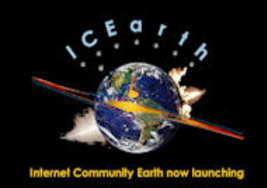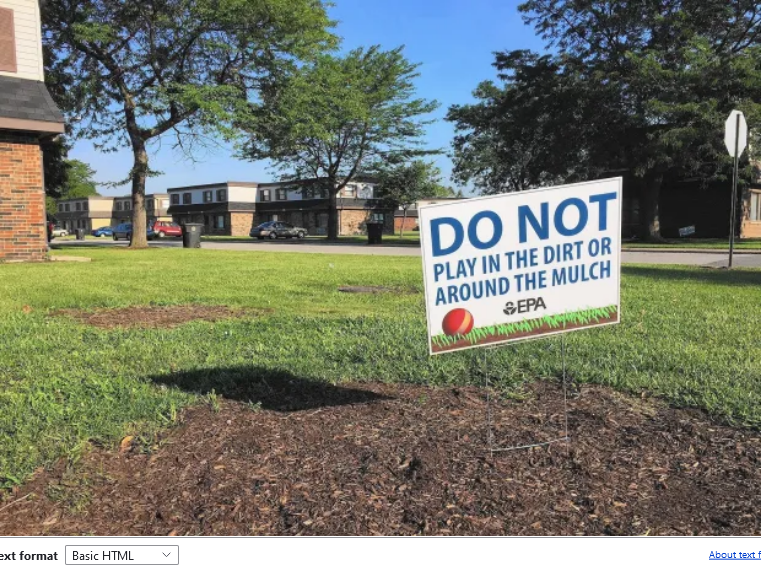PNW professor emerita speaks about new book, impact of lead poisoning on NWI communities
By Maya Wilkins | Post-Tribune
PUBLISHED: November 13, 2024 at 12:37 PM CST
Surrounded by students and community members, Carolyn Boiarsky encouraged them to take action about environmental issues in their areas.
“You are the generation coming up,” said Boiarsky, an author and professor emerita at Purdue University Northwest. “I hope that all of you will make sure that we can all live in a clean, healthy area.”
Boiarsky on Tuesday spoke about her book, “Lead Babies and Poisoned Housing: Environmental Injustice, Systemic Racism, and Governmental Failure.” PNW hosted an on-campus presentation about the book, open to students and the public.
Students and visitors listen and take notes as Purdue Northwest professor of English emeritas and author Carolyn Boiarsky speaks about her newly-published book, “Lead Babies and Poisoned Housing”, during a talk at Purdue University Northwest on Tuesday, Nov. 12, 2024. (Kyle Telechan/for the Post-Tribune)
The presentation highlighted issues in social justice, environmental science and public health.
Boiarsky previously worked as an investigative journalist, said Austin Hestdalen, assistant professor of communication. She taught English at PNW for 25 years before retirement. She also founded the Northwest Indiana Writing Project and published five books.
Boiarsky’s book, “Lead Babies and Poisoned Housing: Environmental Injustice, Systemic Racism, and Governmental Failure,” was published in September. It focuses on residents at East Chicago’s West Calumet Housing Complex where a high level of lead was found in the soil under their houses in 2016.
The book includes community members’ voices and “records the human side of what happens when the industries responsible for polluting leave, but the residents remain,” according to the Purdue University Press’ website.
The 346-unit public housing complex was built in 1972 atop land that was home to a former lead smelter dating back to 1906 and adjacent to the USS Lead Superfund site.
Lead issues in Northwest Indiana began in the 1920s when the region became more industrialized, Boiarsky said. Industries came to the area because it was close to the middle of the country.
When the area became industrialized, corporations ran into issues developing because the land was a marsh about 13,000 years ago, Boirasky added. Developers used slag — a waste separated from metals during smelting or ore refining — to pave in the area.
“It looks like a bunch of little pebbles,” Boirasky said. “You can see what lies underneath and what they’re going to pick up over in East Chicago.”
At the time, no one understood that lead was coming out of smelters and into the air and smoke, and no one knew other toxins were released or how they would affect residents, specifically children.
Lead poisoning affects children’s intelligence and can lead to behavior problems, Boirasky said.
In her presentation, Boirasky also explained EPA Superfund sites, which are places where hazardous waste is dumped, including manufacturing facilities, processing plants, landfills and mining sites. About 1,300 Superfund sites exist nationwide, Boirasky said, with eight located in Lake County and one in Porter County.
Located near Superfund sites are fenceline communities, which are neighborhoods located next to a polluting facility, such as a military base, industrial park or chemical facility. These areas disproportionately affect Black and Brown communities, Boirasky said.
Superfund sites affect communities throughout the region, even those outside East Chicago.
“I live in an upper middle class neighborhood,” Boirasky said, “and no one told me that I would be breathing the air from two Superfund sites — not one, but two.”
Before writing her book, Boirasky said she was interested in the environment, but the passion became stronger. She encourages anyone interested in environmental issues to look at how they affect Northwest Indiana.
“You are so important to making sure that we provide a clean, healthy environment for the next generation of children,” Boirasky told the audience. “It’s not just for you anymore. You’re at that age where you can begin to having a family, and what you do now will impact that family.”


Comments